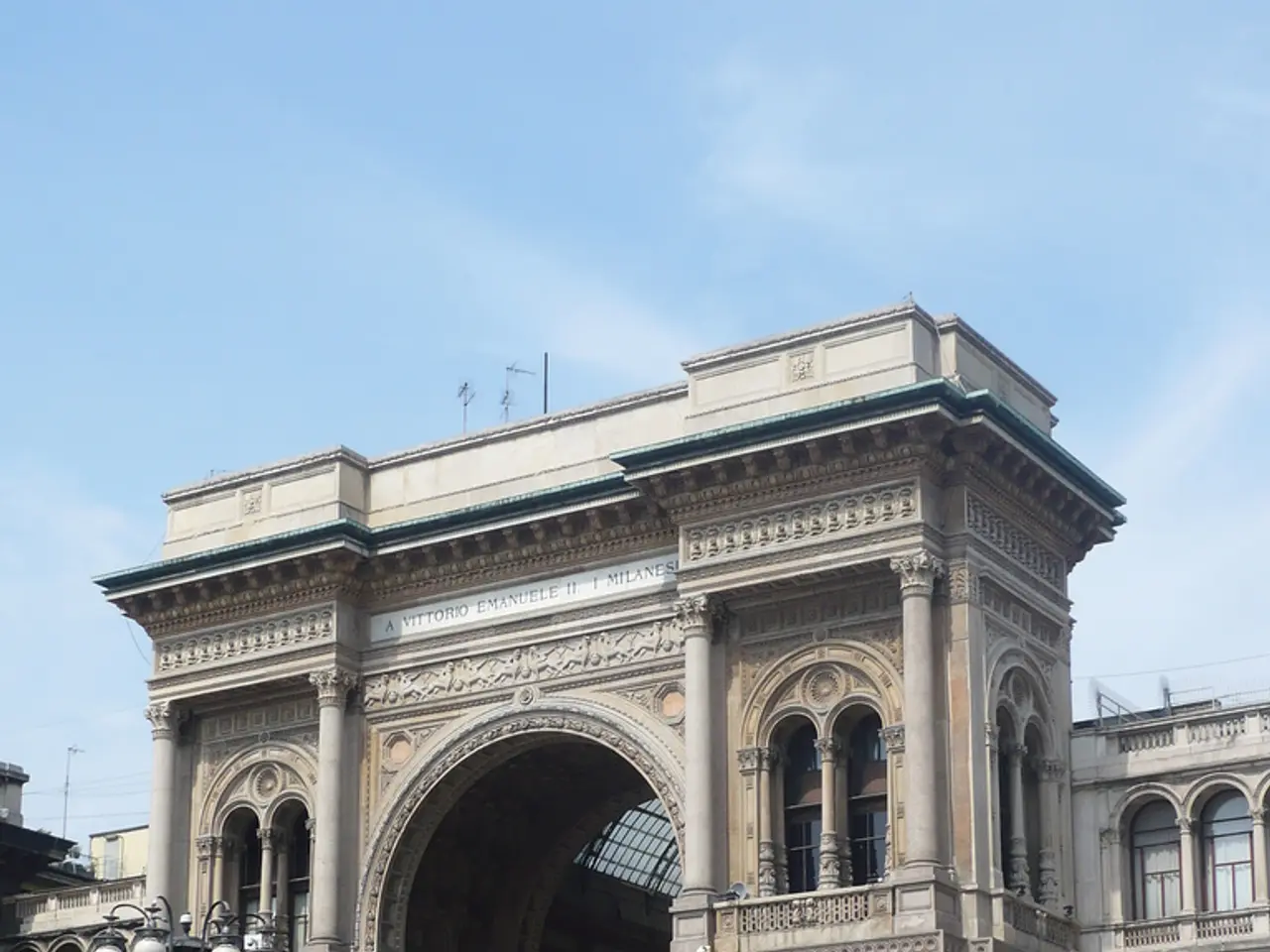A relatively obscure palace adorned with stunning azulejos is among the most beautiful and least frequented in Lisbon, Portugal.
Nestled at the entrance of the Monsanto Forest Park, away from Lisbon's city center, lies the captivating Fronteira Palace. Built in the 17th century by Dom João de Mascarenhas and Dona Madalena de Castro, this masterpiece of Portuguese Baroque architecture is still inhabited today by the family of the current Marquis of Fronteira.
The palace, initially intended to be a hunting lodge, has evolved over the centuries into a grand residence. After the devastating 1755 earthquake, the Mascarenhas family expanded the palace to make it their main residence.
Step into the Battle Room, adorned with 17th-century azulejos depicting episodes from the Restoration War (1640-1668). One of the azulejos stands out, showcasing Dom João de Mascarenhas confronting a Spanish general, symbolising his loyalty to King Peter II of Portugal during the conflict.
The azulejos collection in the Fronteira Palace is considered the most beautiful in Portugal. The pièce de résistance in the garden is the Gallery of Kings, featuring azulejo panels of fourteen knights on horseback and the busts of fifteen Portuguese sovereigns. Mythological and historical scenes decorate the Italian Renaissance-inspired garden, inviting visitors for a stroll.
The palace's garden also includes the Cavalry Basin, the Freshness Grotto, the Nymph, and the Freshness Pavilion. Guided tours of these areas, some in French, are popular and offer anecdotes about the palace and its sculptures.
The Dining Room in the palace is adorned with Dutch faience and portraits, while the Juno Room features works by Domingos António de Sequeira. The palace's architecture is sober yet imposing, reflecting the high social standing of the Mascarenhas family.
The Fronteira Palace is not just a historical site; it is also a hub of cultural events. Concerts, conferences, and trails take place monthly, ensuring there is always something new to discover. To stay updated on upcoming events, follow the palace's social media or visit their website, fronteira-alorna.pt.
Whether you're a history buff, an art lover, or simply seeking a tranquil escape from the city, the Fronteira Palace is a must-visit destination in Lisbon.








